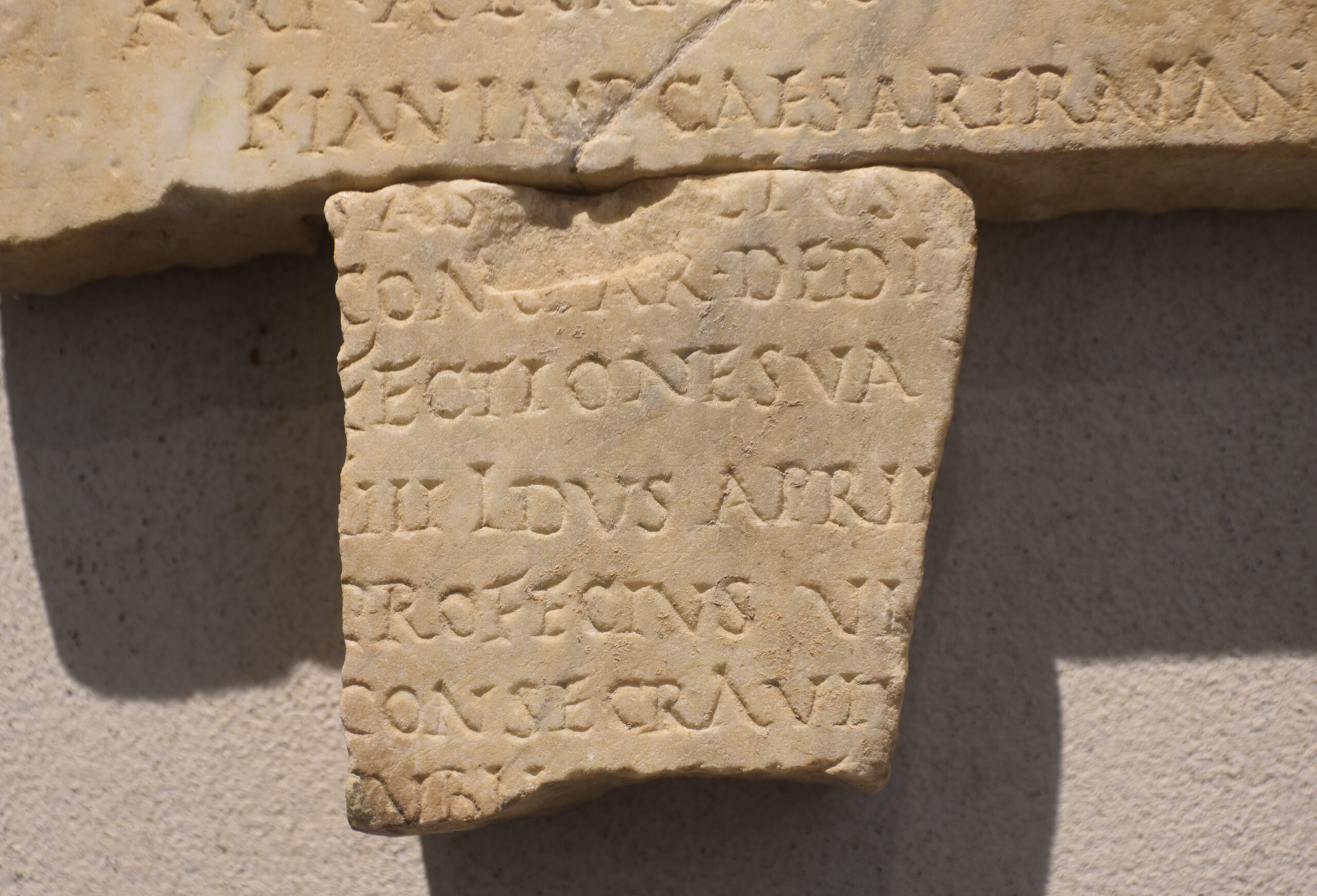
Introduction to Ostia
Ostia, located at the mouth of the Tiber River, served as the ancient port city of Rome and played a vital role in the trade and commerce of the Roman Empire. As one of the earliest settlements established by the Romans, Ostia’s significance extends beyond its function as a commercial hub; it offers a glimpse into the daily lives, social structure, and architectural advancements of ancient Roman society. The recent revitalisation of archaeological efforts around Ostia has brought new insights to historians and tourists alike, making it a relevant topic in today’s cultural and historical discourse.
Historical Background
Founded in the 4th century BC, Ostia served as the primary port for ancient Rome, facilitating trade with other Mediterranean cities. Essential to the Empire’s supply of grain and other goods, Ostia flourished and expanded, with its population peaking at around 50,000 during the 2nd century AD. Over the centuries, the city faced decline due to silting of the Tiber, leading to reduced maritime access, which ultimately caused its abandonment around the 9th century AD. Nevertheless, the city’s ruins were somewhat preserved under layers of sediment, waiting to be rediscovered.
Recent Archaeological Developments
In recent years, Ostia has become the focus of an increased number of archaeological digs and restorations, revealing well-preserved ruins that include public baths, temples, amphitheatres, and residential buildings. A notable discovery is the substantial mosaic artworks, which provide insight into the artistic and cultural practices of the time. These efforts have been essential in promoting the site as a UNESCO World Heritage candidate and attracting more visitors, thus benefiting local tourism and education.
The Impact of Tourism
Tourism to Ostia has grown significantly, particularly as travellers look for less crowded alternatives to Rome’s more famous sites. The ease of access via public transport has made Ostia an attractive day trip for both locals and international tourists. With guided tours and educational programs, visitors can explore the historical layers of the city and gain a greater appreciation of ancient Roman life, economy, and architecture.
Conclusion and Future Prospects
Ostia holds a significant place in understanding the Roman Empire and its cultural heritage. As archaeological work continues and tourism expands, the city’s historical importance is likely to increase. For future generations, Ostia will not only be a window into the past but will also play a role in current discussions about urban development, preservation, and the importance of cultural heritage in a rapidly changing world. For anyone interested in ancient civilizations, Ostia represents a unique and invaluable opportunity to explore the nexus of history, commerce, and culture.
You may also like

Exploring Monmouth: History, Attractions and Community

The Royal Opera House: A Jewel in London’s Cultural Landscape
